 Faith & Science
Faith & Science
 Intelligent Design
Intelligent Design
 Physics, Earth & Space
Physics, Earth & Space
Event Report: Design and the Designer
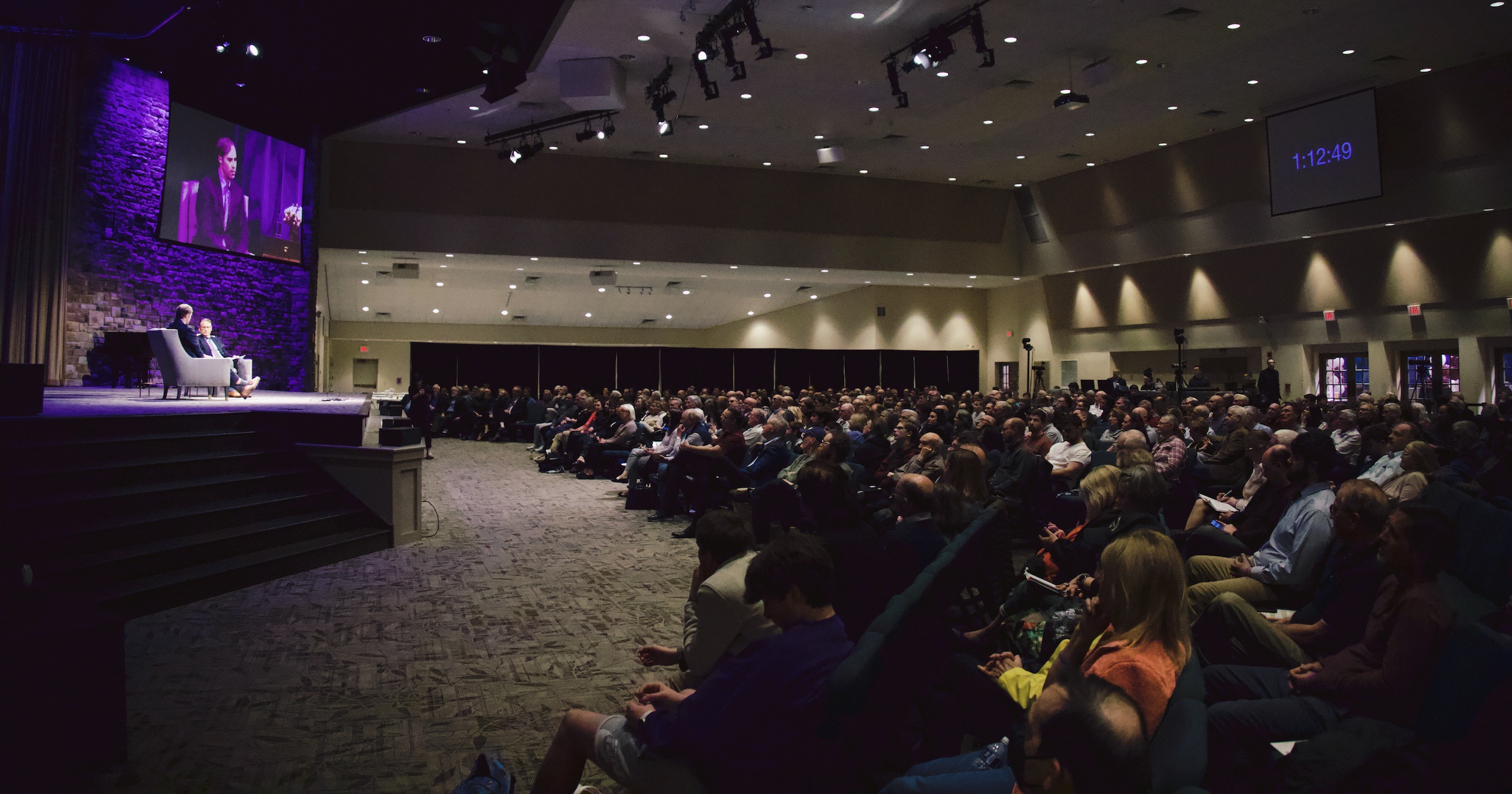
We’re back now from the weekend’s 2022 Westminster Conference on Science & Faith, near Philadelphia, on “Design & Designer: The Convergence of Science & Theology.” The event was a great success. There were over 475 people in attendance — more than our most recent Westminster conference in 2019, plus another 250+ streaming online. The crowd seemed especially enthusiastic after taking two years off due to COVID-related restrictions.
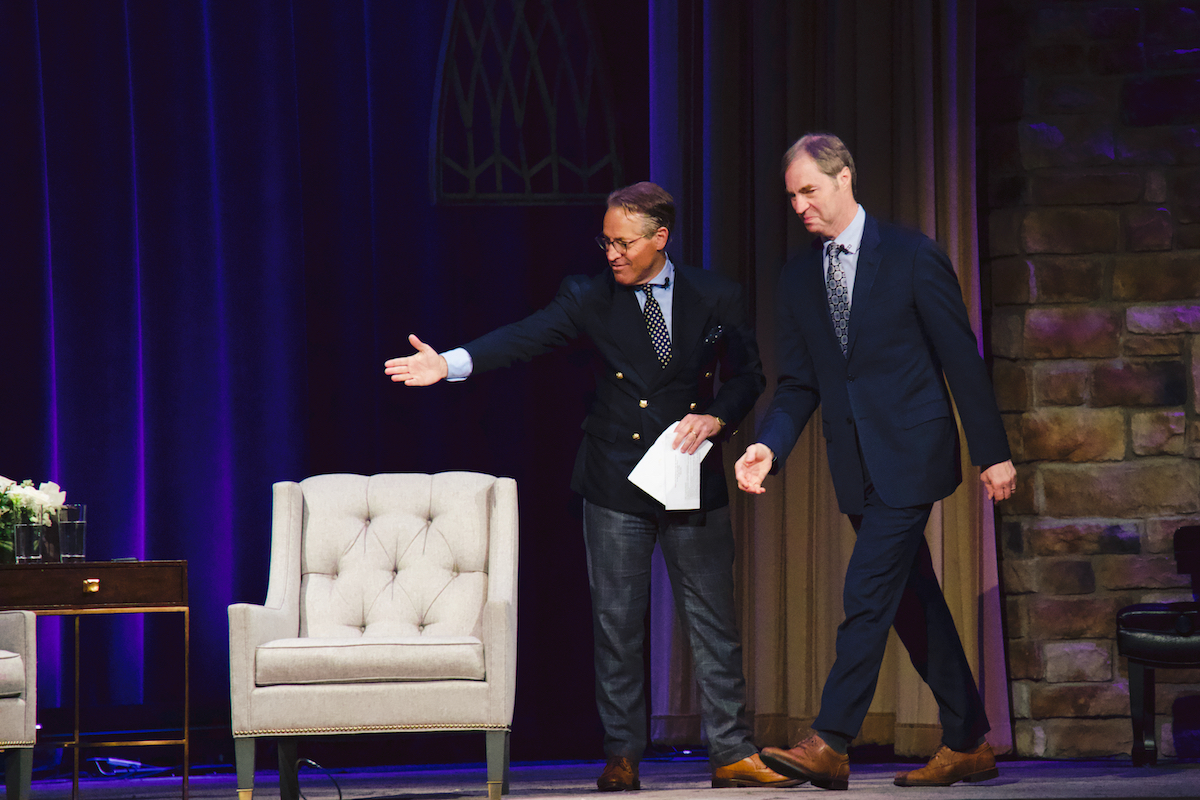
The Socrates in the City event with Eric Metaxas and Stephen Meyer was a highlight, offering an extended conversation about Dr. Meyer’s book Return of the God Hypothesis, and a discussion about why many intellectuals still reject the hypothesis of a transcendent designer behind the universe. As always, Eric was an entertaining host and attendees commented on the great “chemistry” between Meyer and Metaxas. The lines for each of their book-signing tables snaked all the way through the lobby, and Eric and Steve graciously spent over an hour visiting with attendees and signing books.
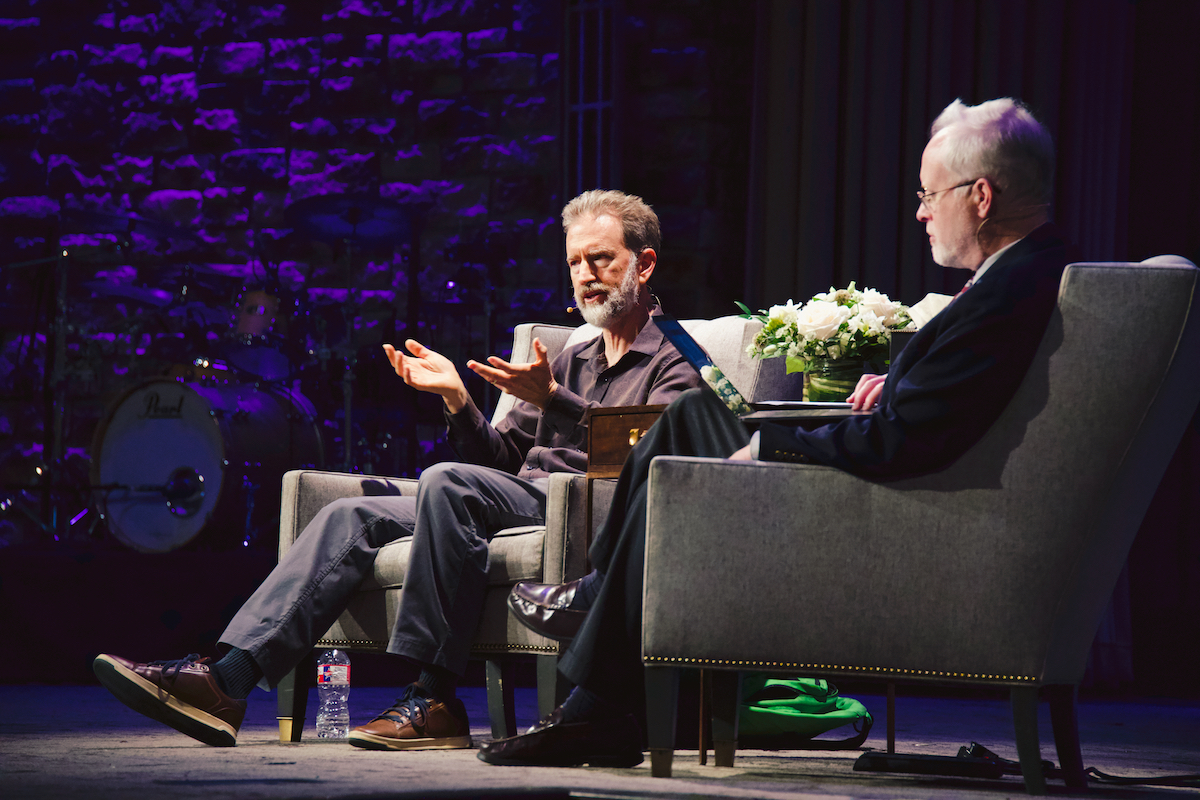
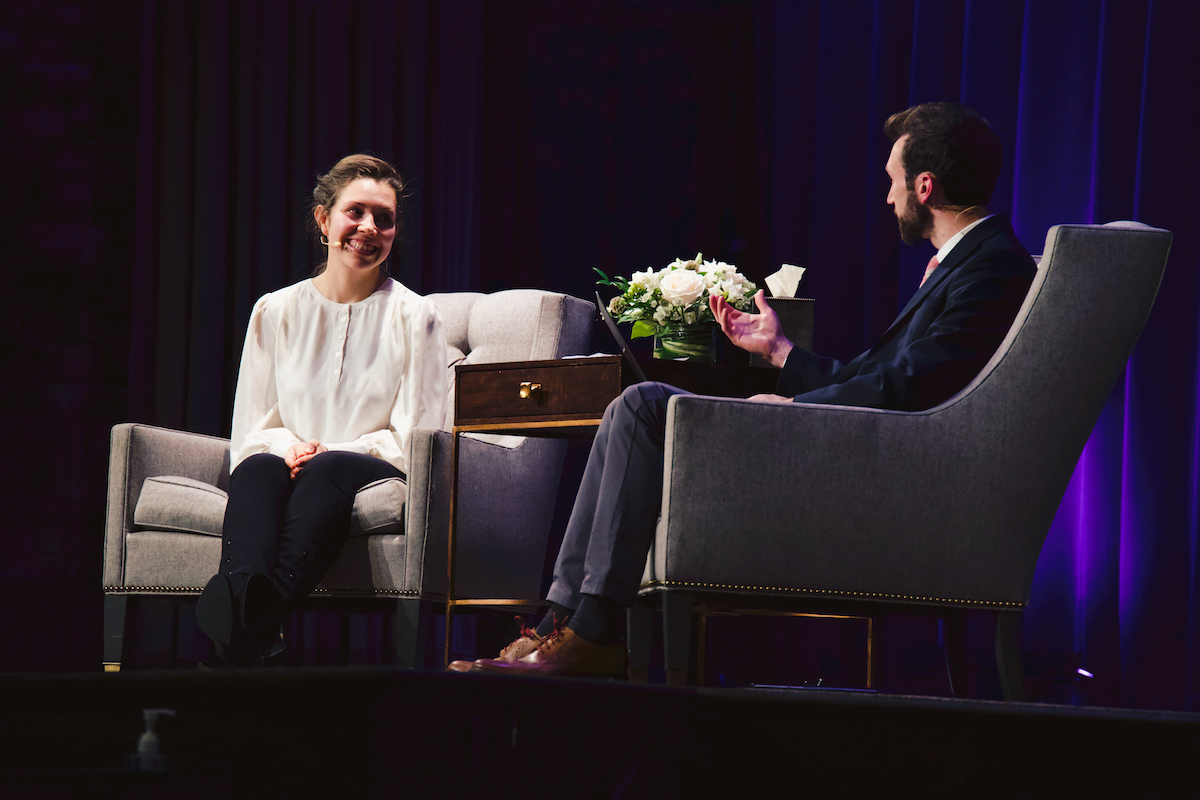
On Saturday, the opening talk by Stuart Burgess offered a new angle — looking at the field of biomimetics and how engineers can learn from the optimal designs in nature, including the ingenuity of the human foot joints. Dr. Burgess’s work in mimetics has been applied in both Olympic-winning bicycles and the International Space Station, so he brings a lot of accomplishment and experience to the table.
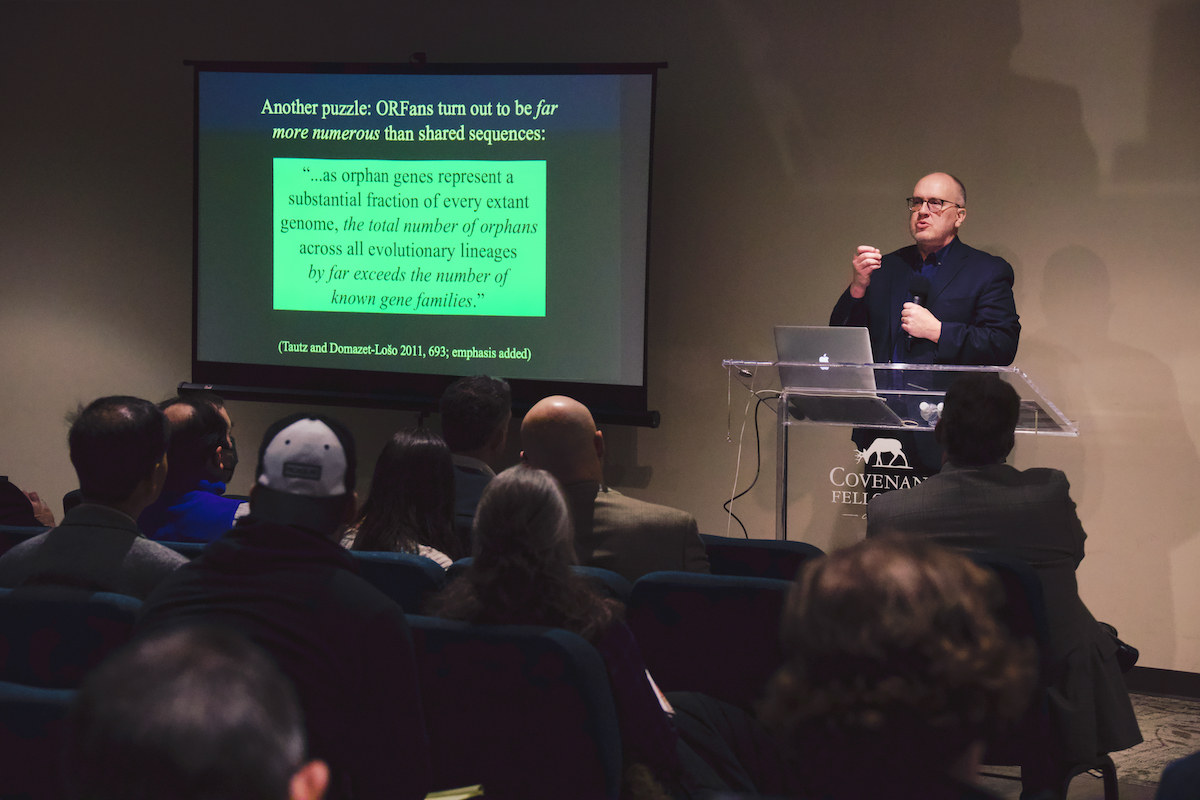
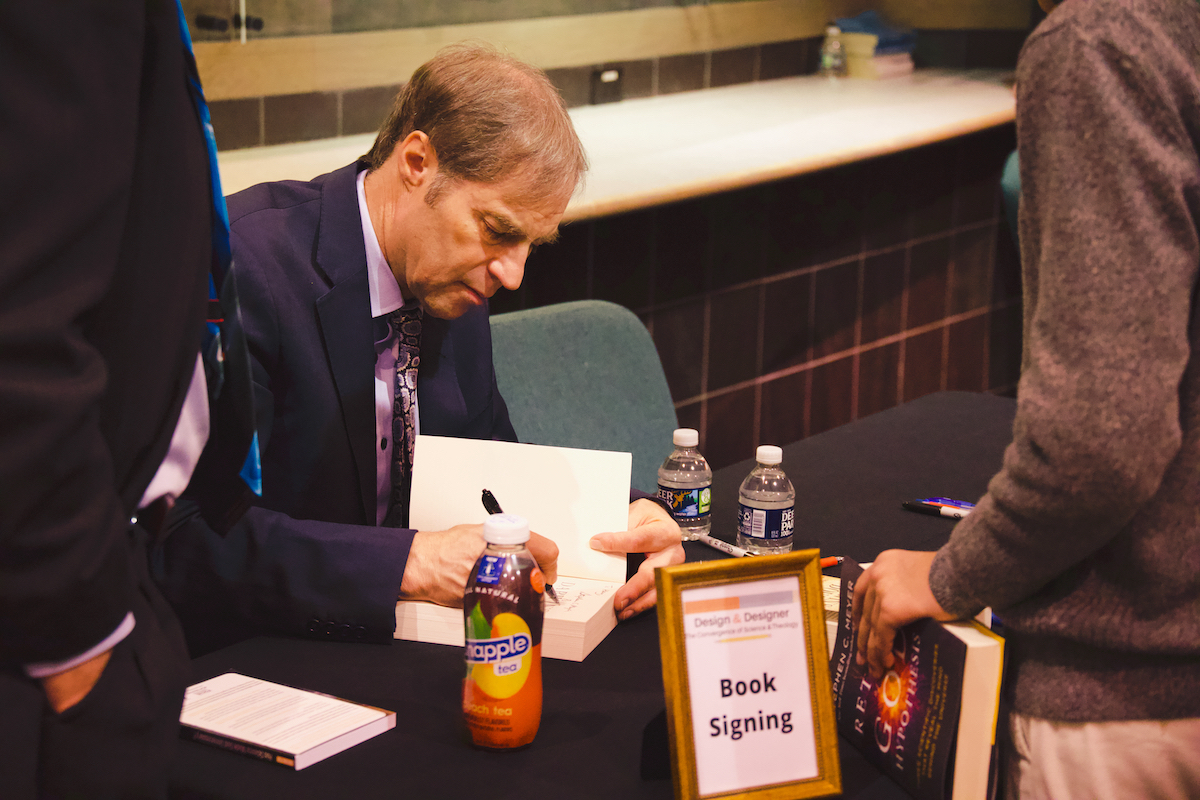
All told, there were 16 different talks presented throughout the course of the weekend, ranging from the history of science and faith to more technical topics like systems biology and design triangulation. There was also a dedicated youth track with interactive sessions for junior high and high school students. Speakers ranged in fields of expertise from theology to biology, but all agree on an important point — that the evidence of nature points to a designer. By the end of the conference, that truth seemed inescapable.
